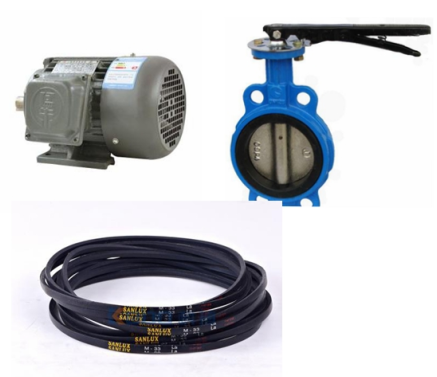layer chicken cage
Nov . 12, 2024 16:30 Back to list
layer chicken cage
The Benefits and Considerations of Layer Chicken Cages
In the contemporary poultry industry, the demand for efficient and sustainable egg production has led to innovative housing solutions, among which layer chicken cages have become a popular choice. These specially designed enclosures serve to promote the welfare of hens while maximizing productivity, but they also raise several important considerations. In this article, we will explore the benefits and challenges associated with layer chicken cages, highlighting their impact on both poultry farming and animal welfare.
Understanding Layer Chicken Cages
Layer chicken cages are structured systems used to house hens that are bred primarily for egg production. These cages can be stacked vertically, allowing farmers to utilize space efficiently while housing a significant number of birds in a relatively small area. Common designs include battery cages, furnished cages, and colony systems, each varying in terms of space, features, and animal welfare considerations.
Advantages of Layer Chicken Cages
1. Increased Productivity One of the most significant advantages of layer chicken cages is their ability to boost egg production. Cages prevent hens from engaging in behaviors that might inhibit their ability to lay eggs regularly. By minimizing stress and competition for space, farmers can often achieve higher yield rates compared to free-range systems.
2. Space Efficiency Layer cages maximize the use of vertical space in a poultry house, which is particularly beneficial for large-scale operations. This architecture allows farmers to raise more birds in a confined area, optimizing available resources and infrastructure.
3. Disease Control Caging hens can help to confine and control diseases that may spread through direct contact. With the right biosecurity measures in place, the risk of contamination can be significantly reduced, ensuring healthier flocks.
4. Automated Feeding and Watering Many layer cage systems incorporate automated feeding and watering technologies. This not only reduces labor costs but also promotes consistent access to food and water, which is crucial for maintaining hen health and productivity.
layer chicken cage

5. Waste Management Layer cages facilitate easier waste management processes. Manure can be collected more efficiently, reducing the environmental impact and making it easier for farmers to implement good hygiene practices.
Challenges and Considerations
While layer chicken cages offer notable benefits, they are not without challenges. Animal welfare concerns have generated considerable debate regarding the ethical implications of caging hens.
1. Space and Enrichment Critics argue that traditional battery cages provide insufficient space for hens to move comfortably, engage in natural behaviors, or exhibit social interactions. Although newer designs, such as furnished and colony cages, aim to address these concerns by providing additional space and environmental enrichment, they still require careful management to ensure optimal welfare conditions.
2. Behavioral Restrictions Caged hens often miss out on natural behaviors such as dust bathing, foraging, and nesting. To combat this, many farmers incorporate enrichment techniques into their systems, such as providing perches, scratching areas, and nesting boxes.
3. Public Perception and Market Trends Increasing consumer awareness around animal welfare has led to a growing demand for cage-free and free-range eggs. As a result, many poultry producers are reevaluating their practices and investing in alternative housing systems to meet changing market preferences.
4. Regulatory Compliance In response to animal welfare concerns, various regulations have emerged globally aimed at improving the living conditions for layer hens. Farmers must be cognizant of these regulations and adapt their systems to comply with current standards, which can result in additional costs and logistical challenges.
Conclusion
Layer chicken cages present a compelling solution for modern poultry production, offering heightened efficiency and productivity. However, the ethical complexity surrounding their use cannot be ignored. Striking a balance between economic viability and animal welfare is essential as the industry evolves. By embracing innovation and integrating welfare-oriented practices, poultry farmers can work towards a future that respects both productivity and the wellbeing of layer hens. As consumer preferences continue to shift, the call for sustainable and humane egg production will likely shape the future of the layer chicken industry.
-
Automatic Feeding Line System-Pan Feeder Nipple Drinker|Anping County Yize Metal Products Co., Ltd.
NewsJul.29,2025
-
Hot Sale 24 & 18 Door Rabbit Cages - Premium Breeding Solutions
NewsJul.25,2025
-
Automatic Feeding Line System Pan Feeder Nipple Drinker - Anping County Yize Metal Products Co., Ltd.
NewsJul.21,2025
-
Automatic Feeding Line System Pan Feeder Nipple Drinker - Anping County Yize Metal Products Co., Ltd.
NewsJul.21,2025
-
Automatic Feeding Line System - Anping Yize | Precision & Nipple
NewsJul.21,2025
-
Automatic Feeding Line System - Anping Yize | Precision & Nipple
NewsJul.21,2025






